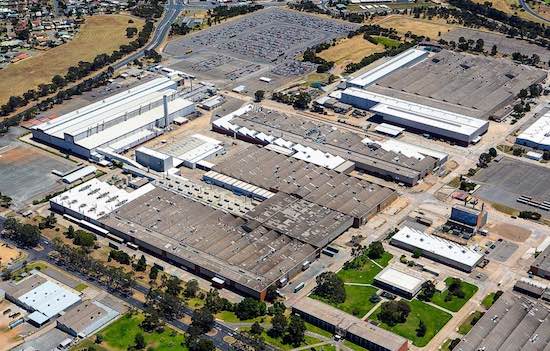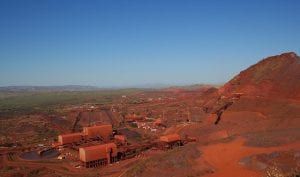Perth-based Carnegie Clean Energy has been awarded a $3 million grant by the South Australia state government grant to build a 2MW/500kWh battery storage installation that will create a renewable-based micro-grid on the old General Motors Holden site in Elizabeth.
The battery energy storage system (BESS) will combine with a rooftop solar of 3MW – possibly Australia’s largest at a single site – although this could be expanded to 10-15MW if all the available roofspace was used.
Carnegie says the battery system is based on Carnegie’s standardised 2MW grid, which is capable of expansion to the 10s and 100s of MW, suggesting that if the rooftop solar was expanded, then more storage would follow.
The old Holden site is now owned by the Pelligra development group which is transforming it into a business park.
“The facility offers key advantages of traditional diesel run gas turbines for grid support, offering significant savings in standby fuel consumption, greenhouse gas emissions, low maintenance, low noise pollution and faster response to grid support events.”
The project will source $3 million from the state government’s Renewable Technology Fund, and comes as the state government announces a 750MW state-wide renewable storage target for 2025, along with a plan to lift the share of renewables to 75 per cent.
“This solar and battery project by Carnegie is part of a wave of new investment in South Australia we have leveraged through the $150 million Renewable Technology Fund announced as part of our energy plan,” Premier Jay Weatherill said.
“Renewable energy projects like this also reduce demand on the grid during peak times, which puts downward pressure on power prices for all South Australians.
“This project is symbolic of the broader transition we are seeing in our economy away from traditional manufacturing towards high-tech industries creating jobs of the future for South Australians.”
The contract win follows Carnegie’s winning last week of a tender to build a similar renewables-based micro-grid for the town of Kalbarri, at the northern tip of Western Australia’s main grid.
“We are fielding an increasing number of opportunities that were historically performed by diesel or gas turbines, for which battery systems are increasingly competitive,” Carnegie managing director Michael Ottaviano said in a statement.
“The CCE (Carnegie Clean Energy) battery solution offers faster response time, lower operating cost, no greenhouse gas pollution, and silent operation.”
South Australia last week also announced a micro-grid for its main produce markets in – a $10.5 million project combining 2.5MW solar PV, 4.2MWh of Tesla battery packs and a 2.5MW diesel generator that is expected to save stall holders around $500,000 a year.
This article was originally published on RenewEconomy’s sister site, One Step Off The Grid, which focuses on customer experience with distributed generation. To sign up to One Step’s free weekly newsletter, please click here.









